Let's be honest. Everyone thinks their Nonna made the best spaghetti and meatballs. Or maybe it was that little place down the street you hit up after school. But when you're staring at your pantry, wondering how to recreate that magic, where do you turn? A lot of folks hit up the internet, often specifically looking for the best spaghetti and meatballs recipe Food Network has put out. Why Food Network? Because they trot out chefs who supposedly know their stuff. You've seen the endless variations, the "secret ingredients," the promises of perfection.
Finding the Best Spaghetti and Meatballs Recipe Food Network Has to Offer
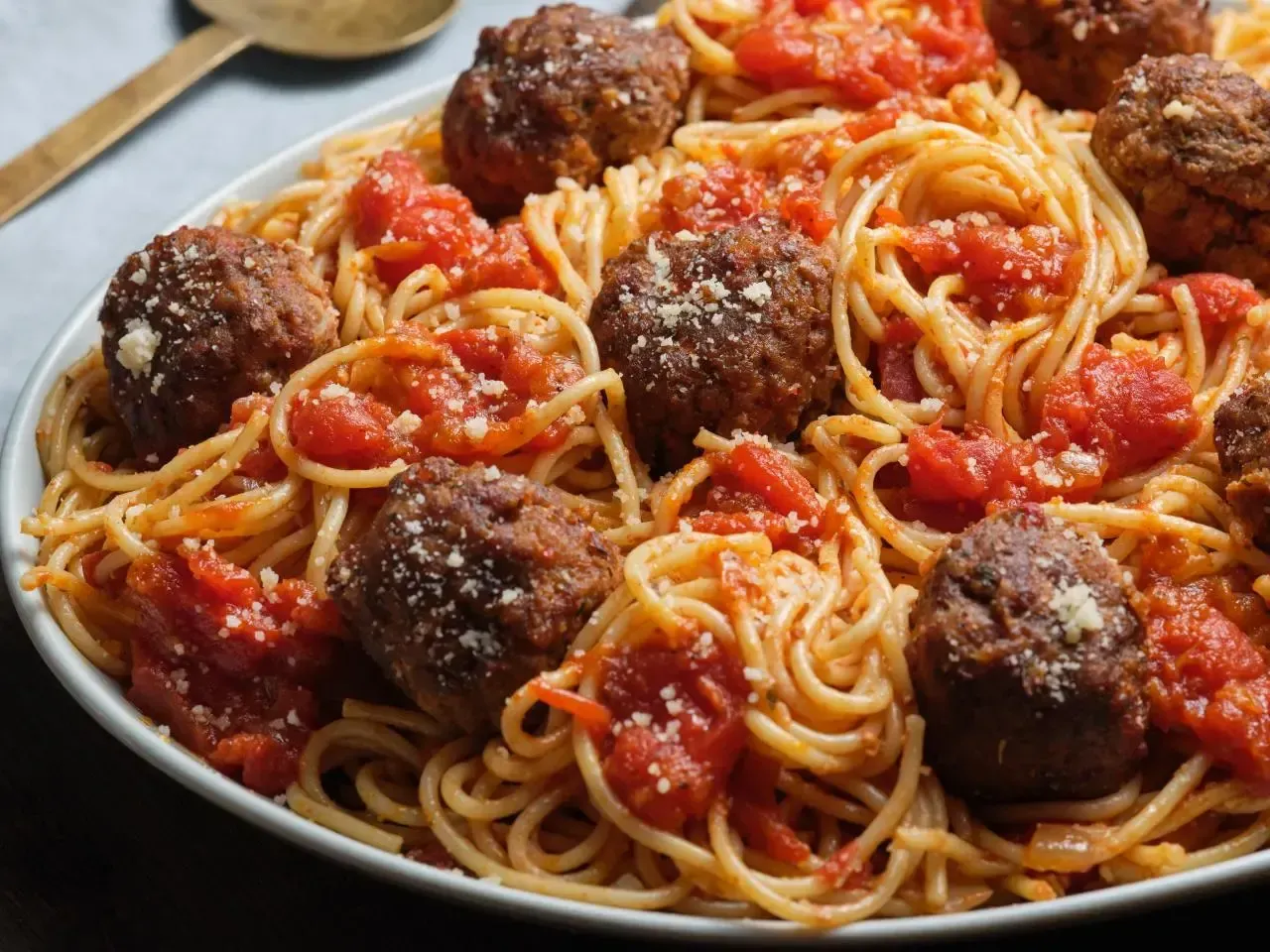
Finding the Best Spaghetti and Meatballs Recipe Food Network Has to Offer
Navigating the Food Network Recipe Jungle
So, you typed "best spaghetti and meatballs recipe Food Network" into the search bar. Welcome to the digital equivalent of an Italian nonna's kitchen, except instead of one opinion, you get fifty. Food Network's site is a sprawling archive, featuring everyone from the old guard to the latest prime-time personality. You'll find recipes promising "quick and easy," "classic," "family favorite," and of course, "the best." It's easy to get lost in the sheer volume, clicking from one chef's smiling face to another, each one claiming their version is the definitive one. You see star ratings and hundreds, sometimes thousands, of reviews. But how do you cut through the noise and find something that actually delivers?
What to Look for Beyond the Star Rating
Don't just blindly follow the highest star count. Sometimes those are inflated, or the recipe caters to a very specific taste. When evaluating a Food Network recipe, scan the ingredient list first. Does it call for fresh garlic or powder? San Marzano tomatoes or just "canned crushed"? Is there a mix of meats or just one type? These details tell you a lot about the potential depth of flavor. Look at the instructions too. Are the meatballs baked, fried, or simmered in the sauce? Does the sauce cook for 20 minutes or 2 hours? These aren't just variations; they fundamentally change the outcome.
Consider these points when reviewing a recipe:
- Specific types of tomatoes (e.g., San Marzano)
- Inclusion of breadcrumbs (and what kind)
- Use of eggs or milk/water in the meatball mix
- Cooking method for meatballs (bake, fry, simmer)
- Sauce simmer time
- Inclusion of fresh herbs
The Celebrity Chef Factor
Let's address the elephant in the room: the celebrity chefs. Does Rachael Ray's five-ingredient version stack up against Ina Garten's more traditional approach, or Tyler Florence's take? Their recipes often come with significant fanfare and user reviews. While many are solid, remember they are often designed for mass appeal or speed for television segments. Sometimes the "best" recipe isn't the one attached to the biggest name. It might be a less-hyped recipe buried deeper in the site, perhaps from a test kitchen or a lesser-known contributor, that focuses purely on classic technique and quality ingredients. Trust your instincts and look for methods that resonate with how *you* believe good spaghetti and meatballs should be made.
Key Ingredients for the Best Spaghetti and Meatballs Recipe Food Network Style
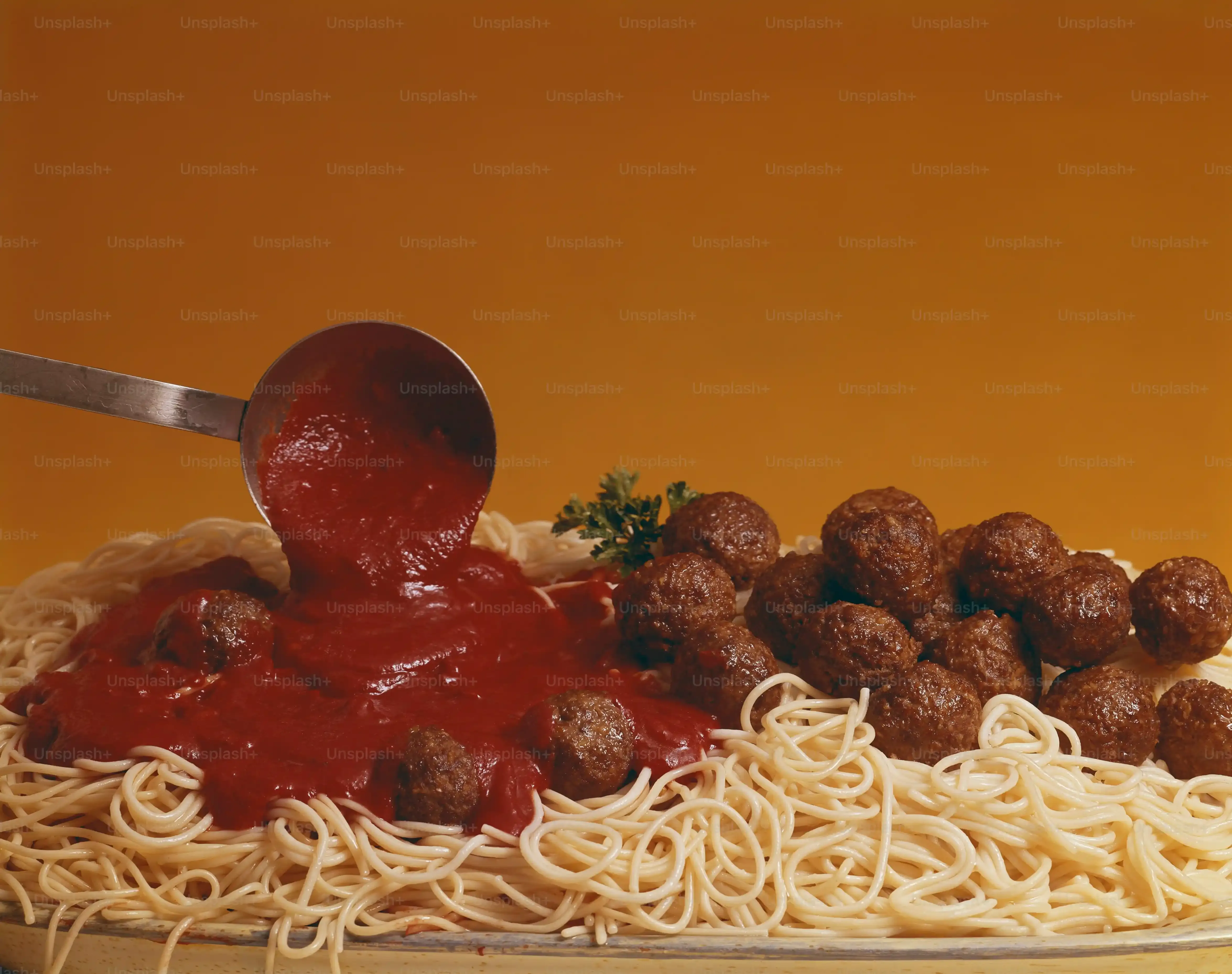
Key Ingredients for the Best Spaghetti and Meatballs Recipe Food Network Style
Building Flavor from the Ground Up
so you've sifted through the endless options looking for the best spaghetti and meatballs recipe Food Network serves up. Now, let's talk about what actually goes into that bowl of comfort. It starts with the ingredients, naturally. You can have the fanciest technique in the world, but if you use sad, watery tomatoes and bland meat, you're ending up with sad, bland spaghetti and meatballs. Most solid recipes, the kind that get rave reviews, emphasize quality. They'll call for a mix of ground meats – beef, pork, maybe veal – for depth of flavor and texture. They'll insist on good canned tomatoes, preferably San Marzano, because they are less acidic and have a better natural sweetness than your average supermarket can.
Mastering the Meatballs: Tips from Food Network Chefs
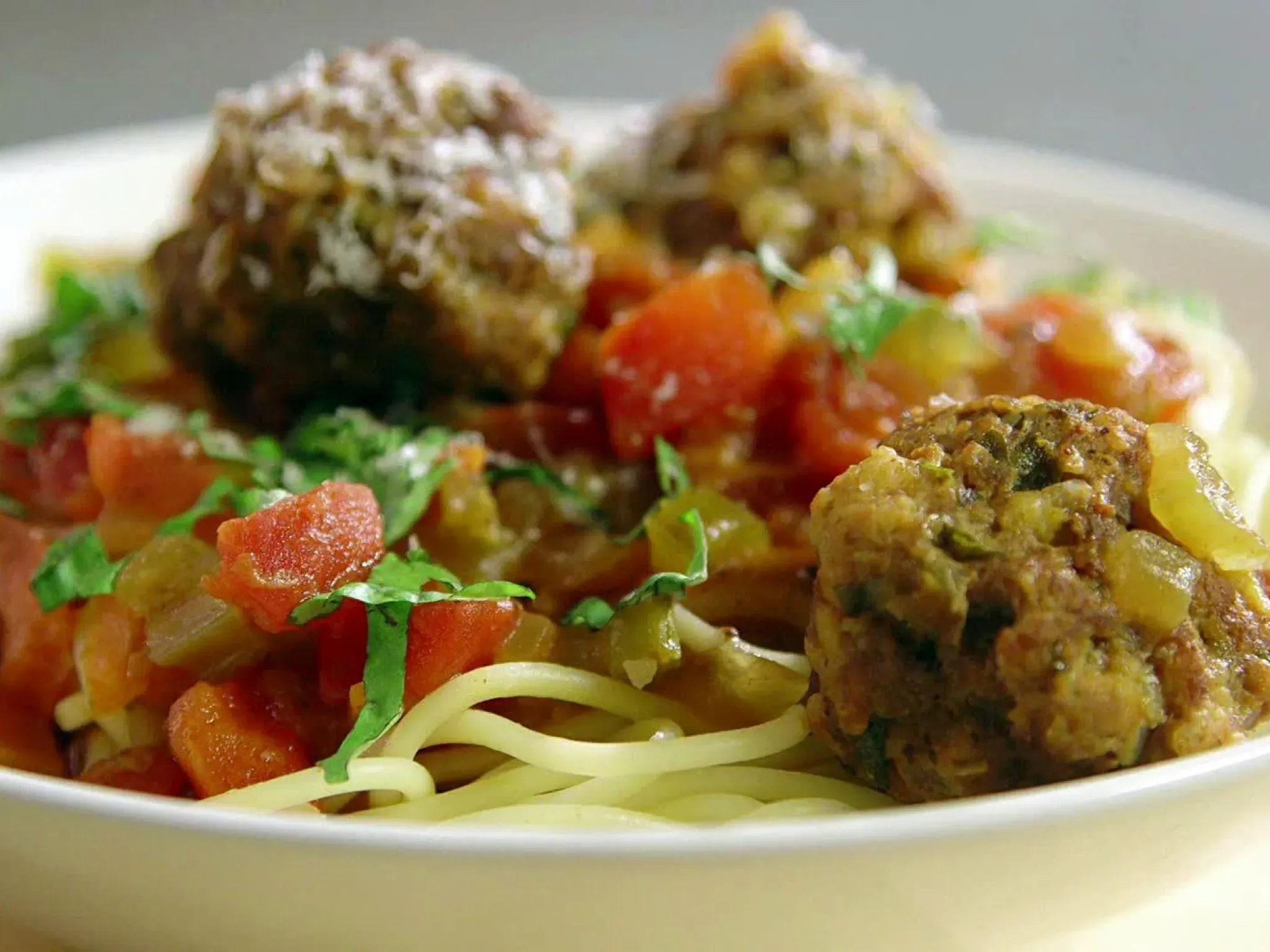
Mastering the Meatballs: Tips from Food Network Chefs
Mastering the Meatballs: Tips from Food Network Chefs
Alright, so you've got your quality ingredients lined up, perhaps inspired by scrolling through some Food Network darlings. Now comes the real test: the meatballs. This is where many home cooks stumble. Too dense, too dry, falling apart in the sauce – it's a minefield. Food Network chefs, despite their varied approaches, tend to agree on a few fundamental principles. They emphasize not overmixing the meat. Think of it like kneading bread dough; the more you work it, the tougher it gets. Gentle hands are key when combining the ground meat with your binder (like breadcrumbs soaked in milk or water, or even ricotta) and seasonings. Another common thread is the importance of flavorings beyond just salt and pepper – grated onion, garlic, fresh parsley, sometimes a pinch of red pepper flakes for a little kick. And the binder itself is crucial; it keeps the meatballs moist and tender as they cook, preventing them from turning into little lead balls. Some chefs swear by a mix of meats, others stick to just beef, but the technique of handling the mixture remains surprisingly consistent across many of the better recipes you'll find.
Simmering the Sauce for Your Best Spaghetti and Meatballs
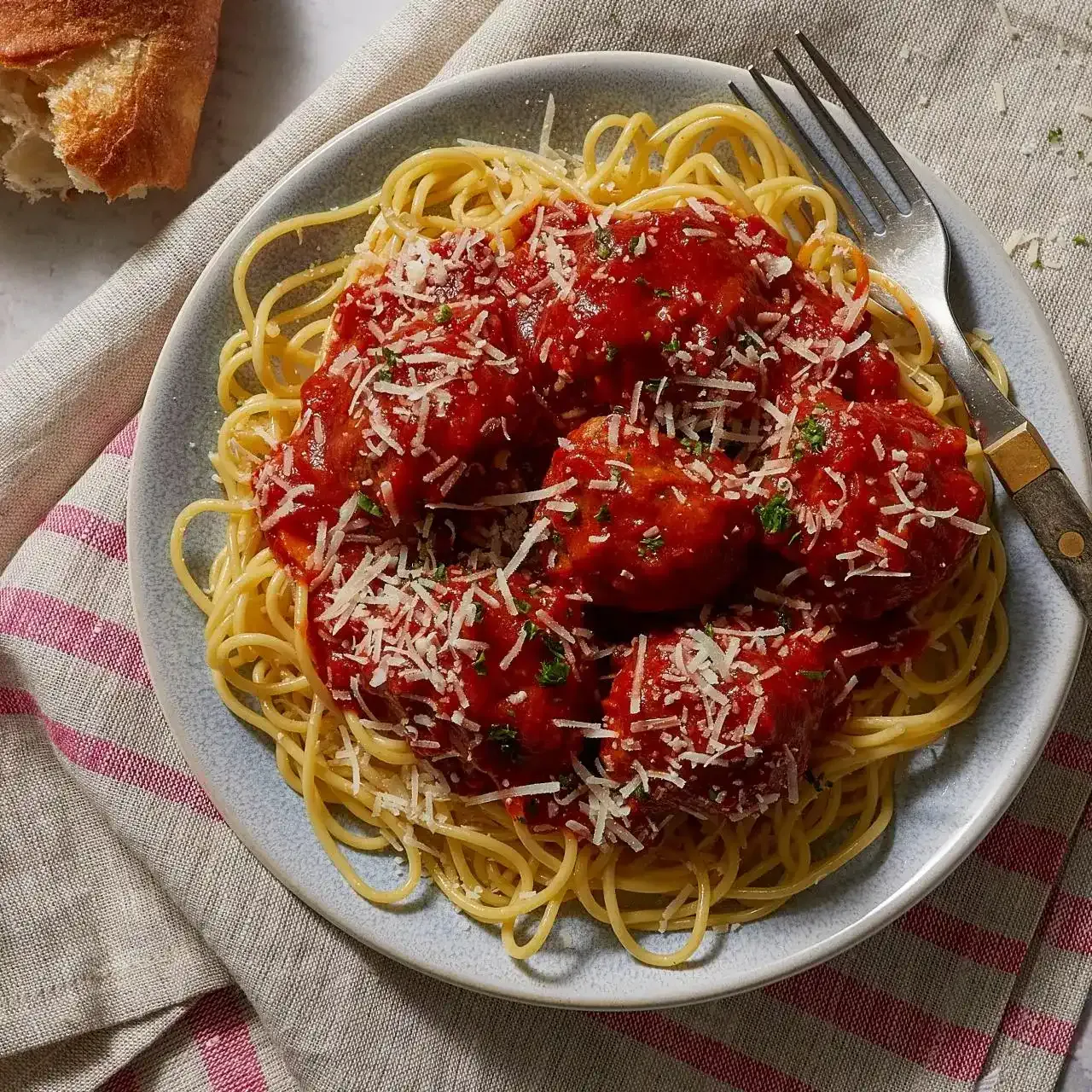
Simmering the Sauce for Your Best Spaghetti and Meatballs
The Foundation: Building a Flavorful Sauce
so you've got those beautifully crafted meatballs ready – or at least the mix is prepped. Now comes the sauce, the unsung hero that cradles those tender meat spheres and coats your pasta. This isn't just a can of crushed tomatoes heated up, no matter what some "quick weeknight meal" segments might suggest. To get truly the best spaghetti and meatballs recipe Food Network-caliber flavor, you need to build it. That means starting with a base of sautéed aromatics – think garlic, onion, maybe some carrot or celery for depth. This isn't optional; it's foundational. Skipping this step is like trying to build a house without a slab.
The quality of your tomatoes matters immensely. San Marzano tomatoes are the gold standard for a reason; their balance of sweetness and acidity is tough to beat. Crushing them by hand or with a quick pulse in a food processor gives you a better texture than pre-crushed. Some recipes call for a splash of red wine to deglaze the pan after sautéing the aromatics, adding another layer of complexity. Don't skip the tomato paste either; a little bit cooked down with the vegetables adds concentrated flavor.
- Essential Sauce Building Blocks:
- Olive oil
- Garlic and onion (finely chopped)
- Tomato paste
- Quality canned tomatoes (San Marzano recommended)
- Dried oregano and basil (or fresh added later)
- Salt and pepper
The Simmer: Low and Slow is the Way to Go
Once your base is built and the tomatoes are in, the real magic happens during the simmer. This is the phase where flavors meld, deepen, and develop. We're talking low heat, just a gentle bubble, for at least an hour, often two or more. This isn't a race. A quick boil does nothing but reduce the liquid; a long, slow simmer transforms the sauce from bright and acidic to rich, mellow, and complex. This is crucial for achieving the kind of depth you find in the best spaghetti and meatballs recipe Food Network chefs often aim for, even if they sometimes speed it up for TV.
It's during this simmer that you add your meatballs. Gently nestle them into the sauce. They'll finish cooking in the liquid, absorbing flavor from the tomatoes and seasonings while also imparting their own savory goodness to the sauce. This two-way street of flavor exchange is key. Resist the urge to stir constantly; you don't want to break up your precious meatballs. Just give it an occasional gentle nudge to prevent sticking.
What's the most common mistake home cooks make with their sauce?
Serving Up Your Best Spaghetti and Meatballs Recipe Success
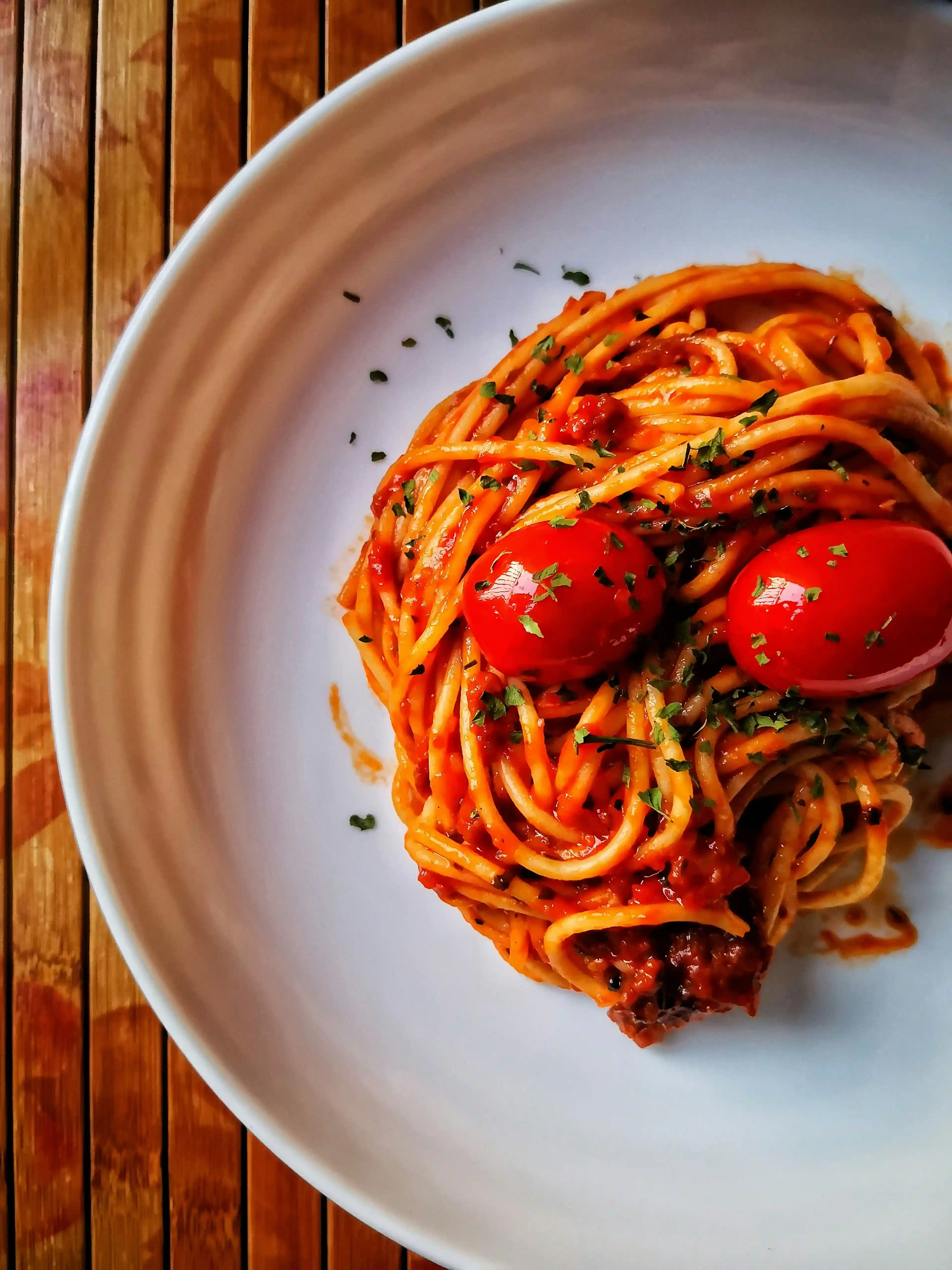
Serving Up Your Best Spaghetti and Meatballs Recipe Success
Alright, you've navigated the Food Network recipe minefield, sourced decent ingredients, made meatballs that aren't hockey pucks, and simmered a sauce that actually tastes like something. Now comes the payoff: Serving Up Your Best Spaghetti and Meatballs Recipe Success. This isn't just dumping pasta on a plate and spooning sauce over it. Think about presentation – a shallow bowl works better than a deep one, letting the sauce and meatballs shine. Don't drown the pasta; coat it lightly with sauce before adding the meatballs on top. A final sprinkle of good quality grated Parmigiano-Reggiano is non-negotiable. Forget the pre-shredded stuff in a can; it tastes like sadness. Fresh basil or parsley adds a pop of color and freshness that cuts through the richness. It's these small details that elevate a decent dish to something truly memorable, the kind of plate that makes people ask, "Where did you get this recipe? Food Network?"
Your Search for the Best Spaghetti and Meatballs Ends Here
So, there you have it. The journey to finding and making the best spaghetti and meatballs isn't some mystical quest requiring a culinary degree. It boils down to solid technique, good ingredients, and paying attention to the details – the kind of details you find in solid recipes, yes, even the ones featured on Food Network. You've got the blueprint: build flavor in your sauce, treat your meatballs right, and don't rush the process. Stop chasing every "secret" ingredient or shortcut. Stick to the fundamentals we've covered. The result won't just be dinner; it'll be a plate of comfort food done right. Now go make some noise in your kitchen.